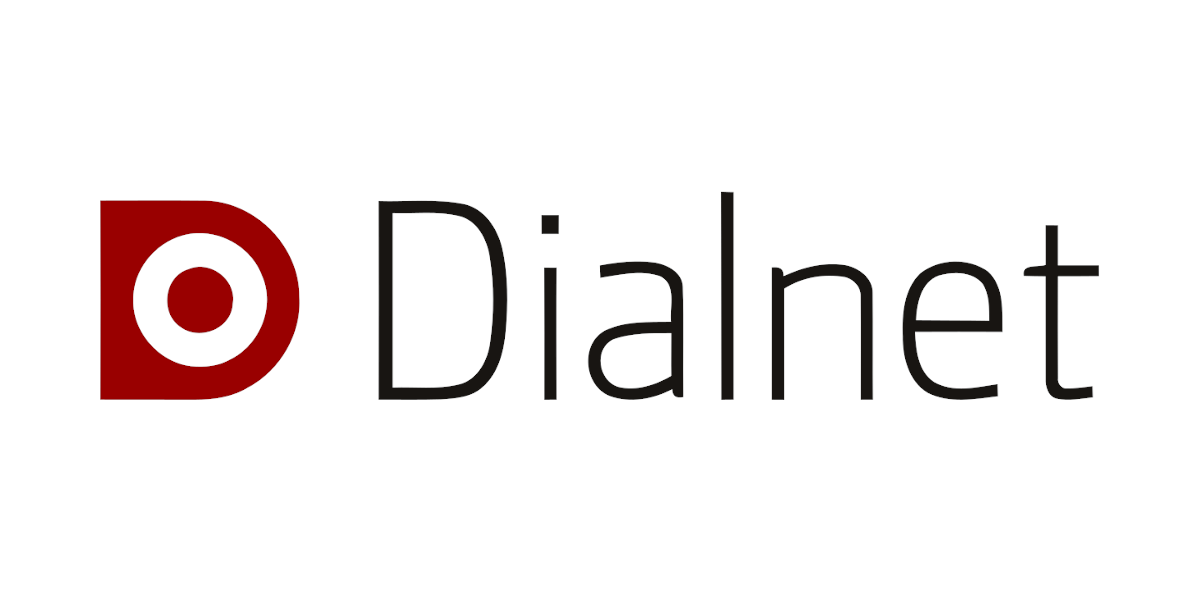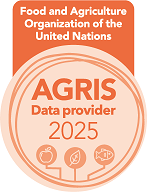Estrategias vacunales probadas en campo de vacunas trivalentes inactivadas con H5: resultados frente al desafío de HPAI-H5 clado 2.3.4.4b en pollos comerciales
Palabras clave:
Influenza, Pollos, VacunaciónResumen
Highly pathogenic avian influenza (HPAI) viruses, especially the newly emerged H5N8 clade 2.3.4.4 strain, are a major global concern. Optimizing vaccination programmes, especially for commercial broiler chickens which have a short lifespan is a critical challenge. This study assessed different vaccination programmes of an inactivated vaccine against HPAI virus challenge in broilers. One hundred and fifteen broilers sourced from a commercial farm were brought to a biosafety level -3 (BSL-3) lab and split into 4 groups at 1 day of age. Group 1 (25 birds) received a prime-boost vaccination regimen (0.5 ml / bird intramuscularly (IM) at days 1 and 9; Group 2 (25 birds) received 0.75 ml /bird IM at day 7; Group 3 (25 birds) vaccinated with 0.5 ml intramuscularly at day 7 of age; Group 4 (20 birds) not vaccinated and challenged; Group 5 (20 birds) were non- vaccinated and not challenged. The vaccine used was an inactivated vaccine Mefluvac™ H5 Plus 8 (trivalent vaccine composed of whole reassortant HPAI clades 2.2.1.1 and 2.2.1.2 avian influenza H5N1 and clade 2.3.4.4. (Mevac for vaccines, a Kemin Company, Egypt). H5 antibody titers were monitored weekly using hemagglutination inhibition (HI). At day 28 of age, groups 1, 2, 3 and 4 were intranasally challenged with a wild-type HPAI H5N8 virus, clade 2.3.4.4b. Survival and clinical pathology were recorded for 10-day post challenge (DPC). Samples were collected at 2, 6 and DPC days to assess viral excretion. Group 1had a higher antibody titer compared to the single-dose groups. Group 1 had 100 % survival with minimal viral shedding at 2 and 4 DPC, 2 and 2.5 log10 RNA copies, respectively. Group 2 and Group 3 had a 91.7 % survival rate and a significantly higher viral shedding 3.1 and 3.5 log10 RNA copies for G2 at 2 and 6 DPC and 4.0 and 4.4 log10 RNA copies at 2 and 6 DPC for Group 3; all birds in group 4 died by day 4. In contrast, Group 4 showed high viral shedding titres at 2 DPC 4.4 log10 RNA copies. In the conditions of this study, different programmes resulted in protection against HPAI H5N8 Clade 2.3.4.4b virus challenge. This highlights the critical importance of optimized vaccination programmes to enhance immune response, control viral shedding, the impact on mortality, ultimately mitigating the threats from emerging HPAI viruses in commercial intensive broiler production sector which is characterized by rapid flocks’ turnover.
Descargas
Publicado
Cómo citar
Número
Sección
Licencia
Derechos de autor 2025 Sociedad de Medicina Veterinaria del Uruguay-Facultad de Veterinaria, Universidad de la República

Esta obra está bajo una licencia internacional Creative Commons Atribución 4.0.











